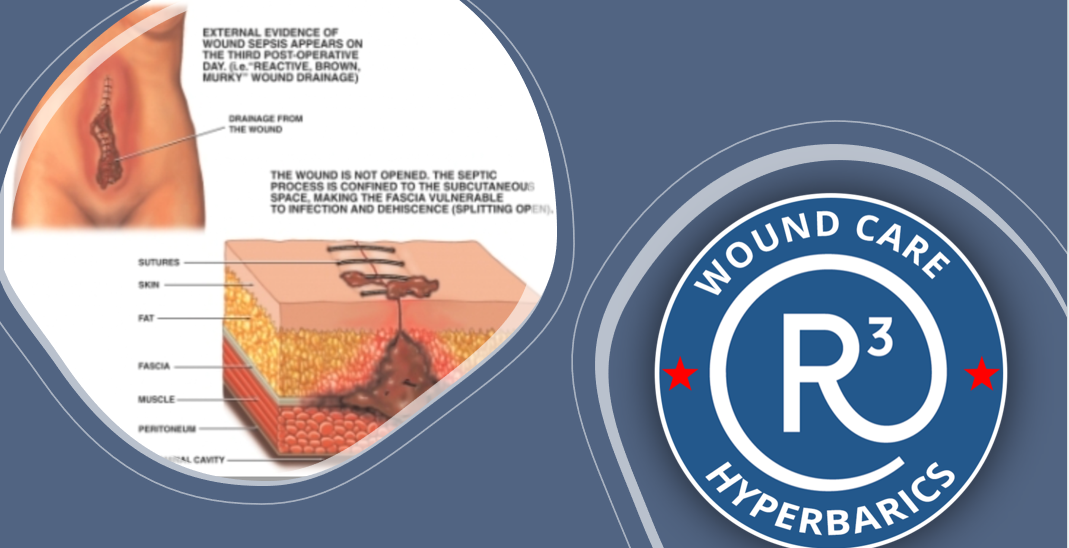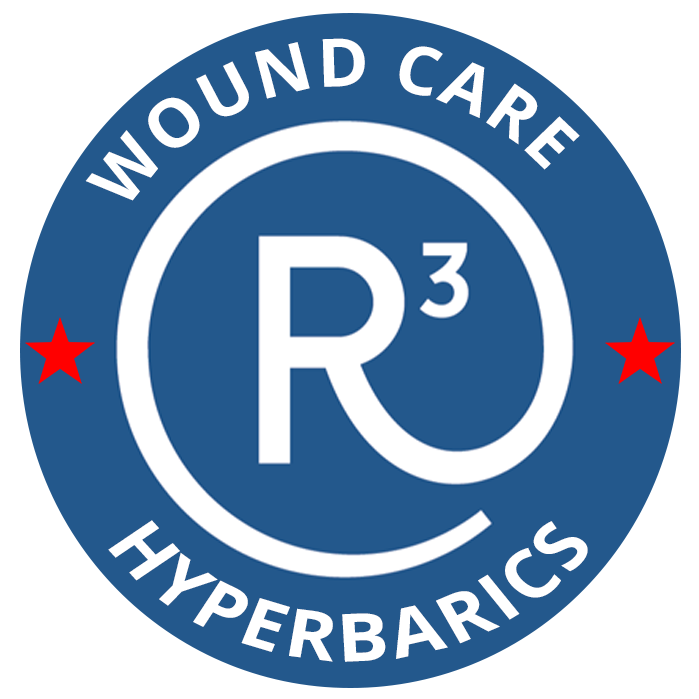
Dehiscence Healing with Hyperbaric Oxygen Therapy
Dehiscence is a medical condition characterized by the separation or opening of a surgical incision or wound. It can occur after various surgical procedures, such as abdominal or pelvic surgeries, and can lead to complications and delayed healing. This condition poses a significant risk to patients as it can expose underlying tissues, organs, or implants to infections and other potential health issues.
Hyperbaric oxygen therapy (HBOT) has emerged as a beneficial treatment option for patients dealing with dehiscence and related wound-healing problems. HBOT involves breathing pure oxygen in a pressurized chamber, leading to an increased amount of oxygen being dissolved in the blood and delivered to the body’s tissues. This elevated oxygen concentration promotes healing in various ways.
One of the key mechanisms of HBOT is neovascularization, or the formation of new blood vessels. Increased oxygen levels stimulate the growth of blood vessels, enhancing blood flow to the affected area. This improved circulation delivers vital nutrients, immune cells, and growth factors necessary for efficient wound healing. Furthermore, the oxygen-rich environment helps combat infection, as many bacteria struggle to survive in the presence of elevated oxygen levels.
HBOT also supports the production of collagen, a vital component in wound healing. Collagen provides strength and structure to tissues, allowing them to heal and close properly. By increasing collagen synthesis, HBOT helps strengthen the wound site and promote the formation of healthy scar tissue.
Additionally, hyperbaric oxygen therapy has anti-inflammatory effects, reducing swelling and inflammation in the wound area. This can relieve pain, accelerate the healing process, and prevent further complications.
HBOT sessions typically last around 90 minutes and are administered daily or multiple times per week, depending on the severity of the condition. The treatment is non-invasive and generally well-tolerated, with few side effects.
It’s important to note that hyperbaric oxygen therapy is not a standalone treatment for dehiscence but rather a complementary therapy that is used in conjunction with standard wound care practices. It is crucial to work closely with a medical professional to develop a comprehensive treatment plan that addresses the underlying causes of dehiscence and incorporates appropriate wound management techniques.
In summary, dehiscence can present significant challenges in the post-surgical recovery process. However, hyperbaric oxygen therapy offers a promising solution by improving circulation, promoting collagen synthesis, and reducing inflammation. By incorporating HBOT into the treatment plan, patients with dehiscence can potentially experience enhanced wound healing and reduced risk of complications.
Disclaimer: The information provided here is for informational purposes only and should not be considered as medical advice. Always consult with a qualified healthcare professional for proper diagnosis, treatment, and guidance regarding your specific medical condition.
R3 Wound Care and Hyperbarics has locations in the metropolitan areas of Texas, including Dallas-Fort Worth (Arlington, Argyle, Keller, Castle Hills, Flower Mound, and Frisco), Houston (Kingwood, Pearland), and San Antonio (Stone Oak).
